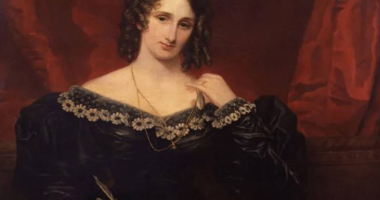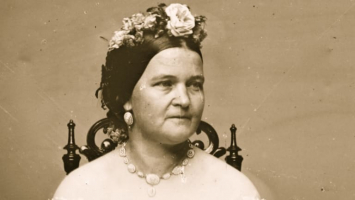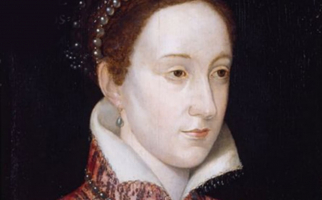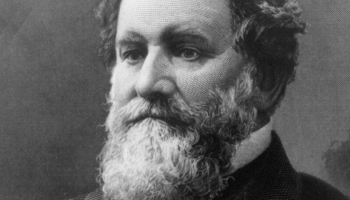Top 7 Interesting Facts about Mary Seacole
During the Crimean War, Mary Seacole was a nursing innovator. Mary established her own facility adjacent to the Balaclava battlefields and cared for soldiers ... read more...fighting there while bringing years of medical experience and fighting racial prejudices. She accomplished this while earning their utmost respect and admiration. She was more than just a nurse, though; she also successfully operated a number of businesses, went on a lot of trips, and didn't take no for an answer. Here are some interesting facts about Mary Seacole, a gifted nurse, adventurous traveler, and innovative businesswoman.
-
Mary's mother, Mrs. Grant, was a traditional folk healer and operated Blundell Hall, a boarding house in Kingston. She was a doctor who was well-versed in common illnesses and tropical diseases and was frequently needed for other roles as well, such as nurse, midwife, and herbalist.
Long before their European counterparts, many of Jamaica's healers understood the value of sanitation in their profession.
One of Kingston's most upscale hotels, Blundell Hall, was managed by Mary's mother. An interesting fact about Mary Seacole is that she learned how to care for patients from her mother and from visiting doctors who stayed at the boarding house. As Mary grew older, she worked alongside her mother and occasionally went to Kingston's British Army Hospital to help out. As a youngster, she made two visits to England as a result of her intense desire to travel.
Mary picked up a lot from her mother. Her medical knowledge was also expanded by the fact that Blundell Hall served as a rehabilitation facility for military and navy personnel. In her book, Seacole revealed that she had always been fascinated by medicine and had grown up helping her mother care for patients and soldiers as well as seeing military doctors perform ward rounds.
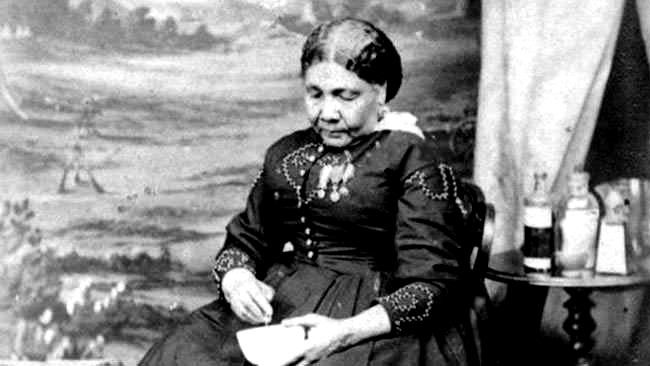
Photo: www.maryseacoletrust.org.uk 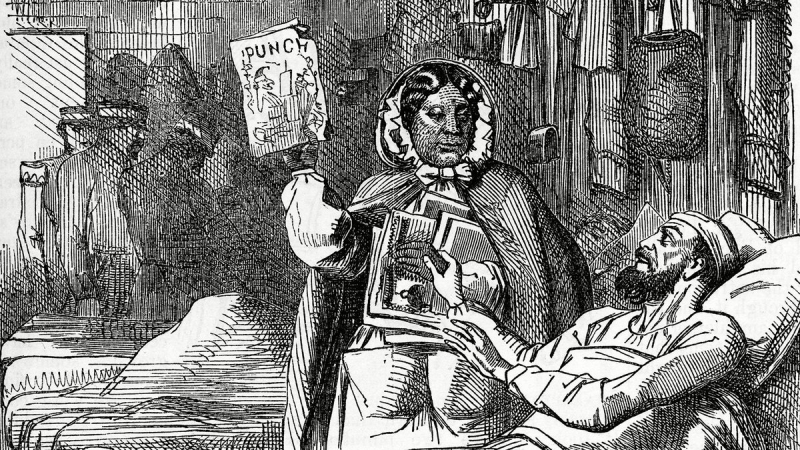
Photo: Twitter -
Travel was Mary's one and only true love. Women didn't typically travel extensively at the time, but Mary did. She actually traveled to England twice as a teenager, staying there for a total of three years.
She was also quite a successful businesswoman. Mary spent a year living with family in London in 1821, and before returning to Kingston in 1823, she took a trip around the Caribbean, stopping in Haiti, Cuba, and the Bahamas.
A courageous explorer of the 19th century, Mary Seacole. She was a mixed-race Jamaican woman who received the Order of Merit from the Jamaican government posthumously. In the UK, she was honored as a "Black Briton." Seacole wrote a book based on her experiences in the Crimean War, where she managed a store and catering services for officers, and her adventures in Panama, where she maintained a store for men traveling by land to the California Gold Rush.
Mary traveled to Cruces, Panama, in 1853, where her brother owned a hostel and a shop. There, Mary built a store selling food and supplies to gold miners and carried on with her medical practice, attending to patients with cholera and other tropical illnesses like yellow fever.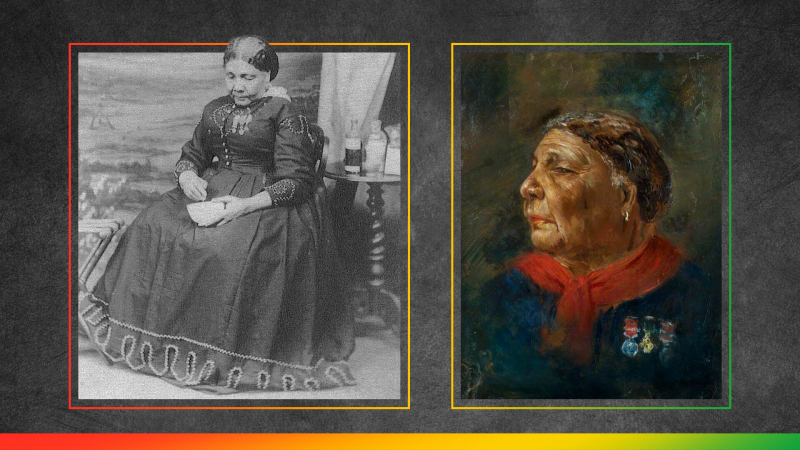
Photo: www.history.co.uk Video: Chanise Evans -
In 1850, cholera struck Jamaica and killed approximately 32,000 people there. Before going to visit her brother in Cruces, Panama, in 1851, Mary cared for patients during the epidemic.
The following year, a severe cholera outbreak hit Panama. Having helped a patient survive, Seacole's reputation has grown. The only other option was an inexperienced doctor, so many patients went to see her. The treatment for Seacole was only marginally effective. She taxed the wealthy but provided free care for the needy.
Her reputation as a healer and nurse spread across the village when she successfully treated the first sufferer. She sought to rehydrate patients using water that had been cooked with cinnamon rather than merely treating them with opium. She also employed poultices and calomel. As the outbreak came to an end, she herself became ill but lived.
After a yellow fever outbreak in Kingston in 1853, Mary went back there because her nursing talents were needed. The British Army asked her to oversee the medical staff at the Up-Park headquarters in Kingston.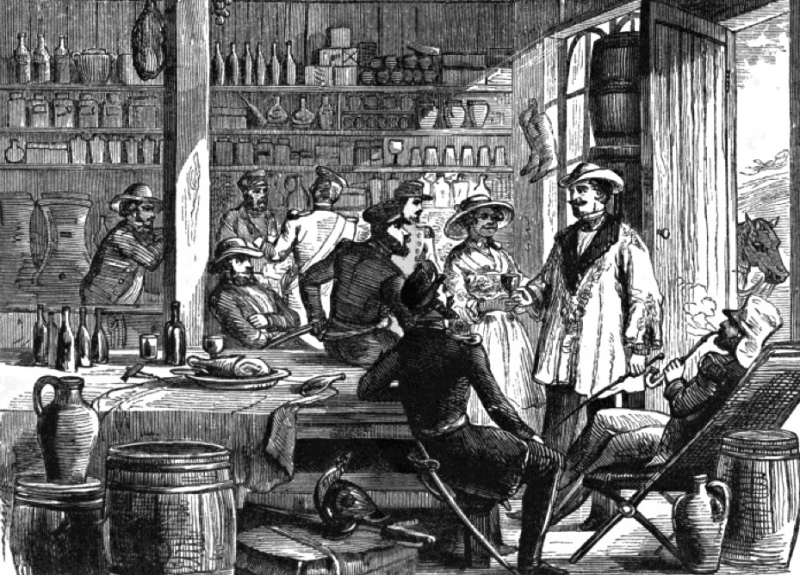
Photo: victorianweb.org Video: Extra Credits -
Mary requested to be transferred as an army nurse to the Crimea in a letter to the War Office, where high mortality rates and inadequate healthcare facilities were making headlines. She was turned down, possibly because of her sex or skin tone, though this is not quite apparent.
In October 1853, the Russian Empire and an alliance of the United Kingdom, France, Sardinia, and the Ottoman Empire started the Crimean War. There were allegations of a shortage of supplies and nursing care for soldiers fighting in the war in 1854. Seacole applied to government authorities offering to aid when she was in London at the time to take care of some business, but despite her nursing background, her request was turned down. Seacole blames racial bias for the rejection.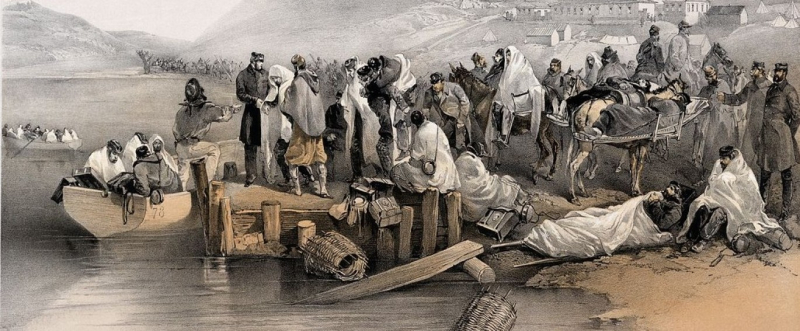
Photo: www.readersdigest.co.uk Video: Extra Credits -
In order to provide Mary with some degree of financial means with which to live out the remainder of her life, the press was made aware of Mary's condition and numerous fundraising initiatives were organized.
The Wonderful Adventures of Mrs Seacole in Many Lands, Mary's autobiography, was originally published in 1857, making her the first black woman in Britain to write and publish an autobiography. She mostly dictated to an editor who fixed her punctuation and spelling. The book goes into great depth about her unusual life and ends with a description of her adventures in the Crimea as her "pride and delight." 1881 saw her passing in London.
The troops started to disperse on March 30, 1856, when the peace treaty was signed. Day and Seacole had already brought some cheap supplies. She returned to England penniless since they were compelled to auction them off for lower than anticipated amounts. To help her pay off her obligations, service members put together a fundraiser, but it wasn't enough. Seacole wrote her memoirs Wonderful Adventures of Mrs. Seacole in Many Lands in order to raise more money. The book achieved bestseller status. Queen Victoria also contributed to the Seacole Fund by starting a second one, which brought in enough money for Seacole to live out the rest of her days comfortably.
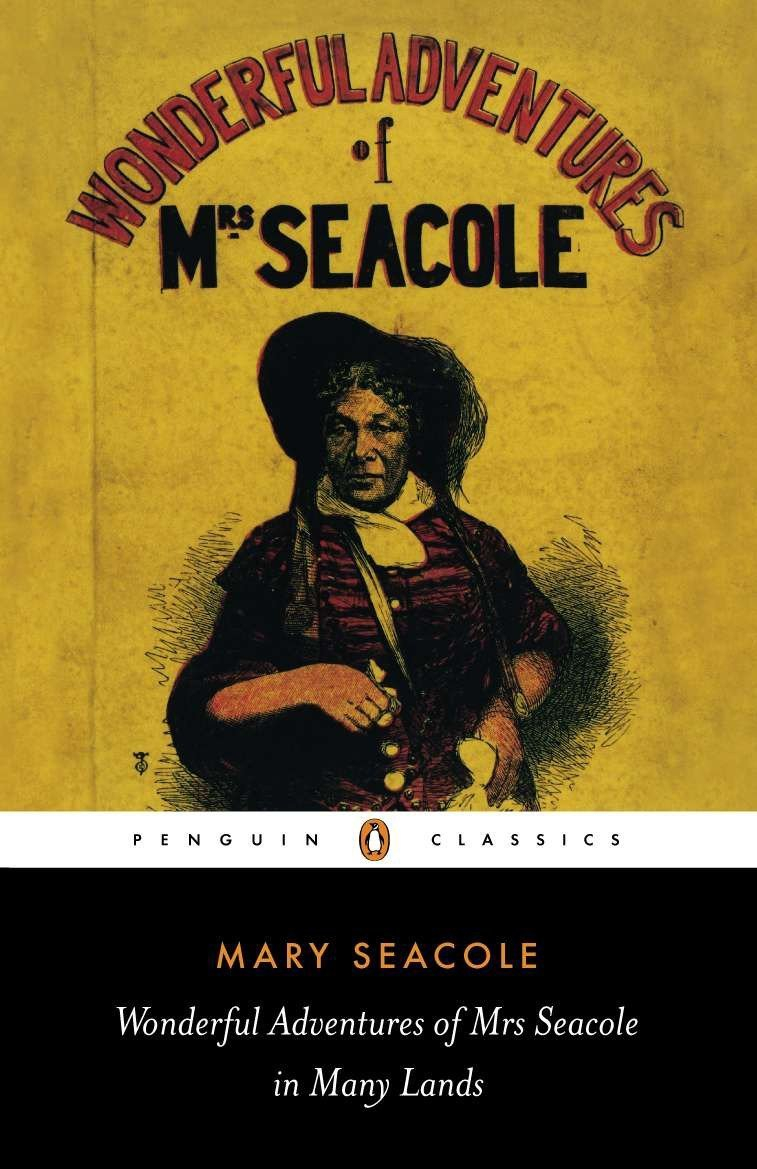
Photo: amazon.com Video: LibriVox Audiobooks -
Mary Jane Grant gave birth to Mary Seacole on November 23, 1805 in Kingston, Jamaica. Her father was Scottish-born and of white race. He was a British army man serving in Jamaica at the time, which was still a British colony. Her mother was either Creole or of mixed European and African ancestry. Mary, who was born to one black parent and one white parent, was categorized in law as a mulatto. She had one bi-racial parent and one white parent, making her a quadroon in terms of genetic makeup. Mary took great pride in her African heritage.
In her memoirs, The Wonderful Adventures of Mrs. Seacole, she calls herself a Creole and expresses her pride in both her Scottish and Jamaican lineage "I'm a Creole with strong Scottish blood running through me. My father was a veteran from a distinguished Scottish family." Robinson hypothesizes that she might have actually been a quadroon. "I have a few shades of deeper brown upon my skin which shows me related - and I am proud of the relationship - to those poor mortals whom you once held enslaved, and whose bodies America still owns," Seacole wrote in her autobiography, separating herself from the modern stereotype of the "lazy Creole." She was proud of her black ancestry.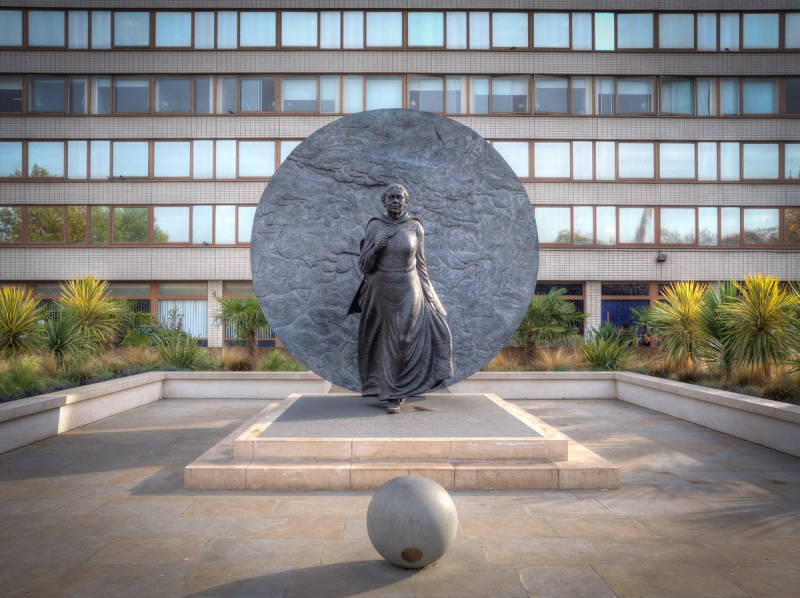
Photo: Twitter 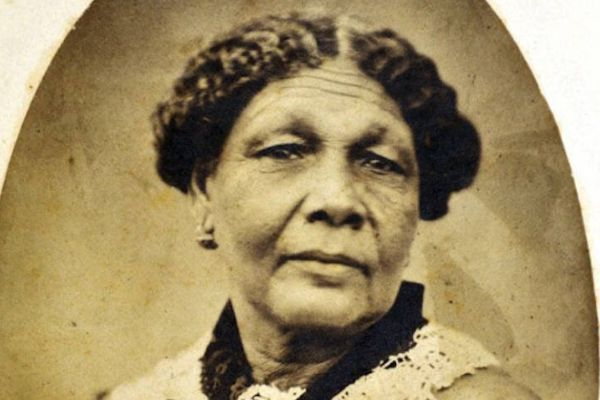
Photo: allthatsinteresting.com -
Seacole offered cuisine for the fight spectators in addition to her hotel services. She once dislocated her right thumb while caring to wounded soldiers while under fire. According to a Times correspondent, Seacole was regularly present close to the fighting to assist the injured. Her nursing work was highly praised. She received similar praise for being "The Mother of the Army" to Florence Nightingale. Mary Seacole was referred to as "The Creole with the Tea Mug," whereas Nightingale was "The Lady with the Lamp."
Few women of her era dared to do what Mary Seacole did. She traveled, operated a business, and risked her life in battle to achieve her goal. In the Caribbean, she is revered and regarded as an icon. She has had several sites named after her, and in 1991 she received the Jamaican Order of Merit posthumously. In a 2004 online poll of 100 Great Black Britons, Seacole received the most votes. Her autobiography is also significant because it was one of the first to be written by a lady of mixed ethnicity.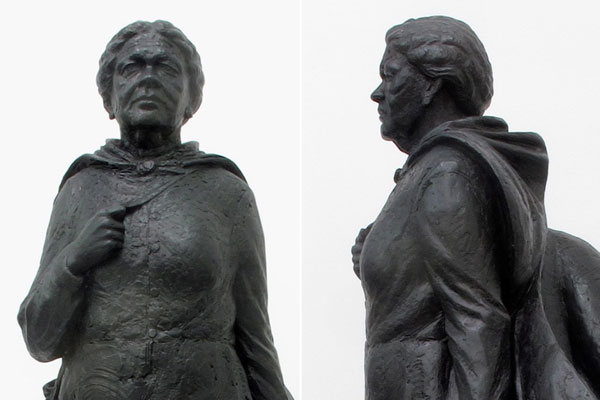
Photo: www.florence-nightingale.co.uk Video: Radical History









